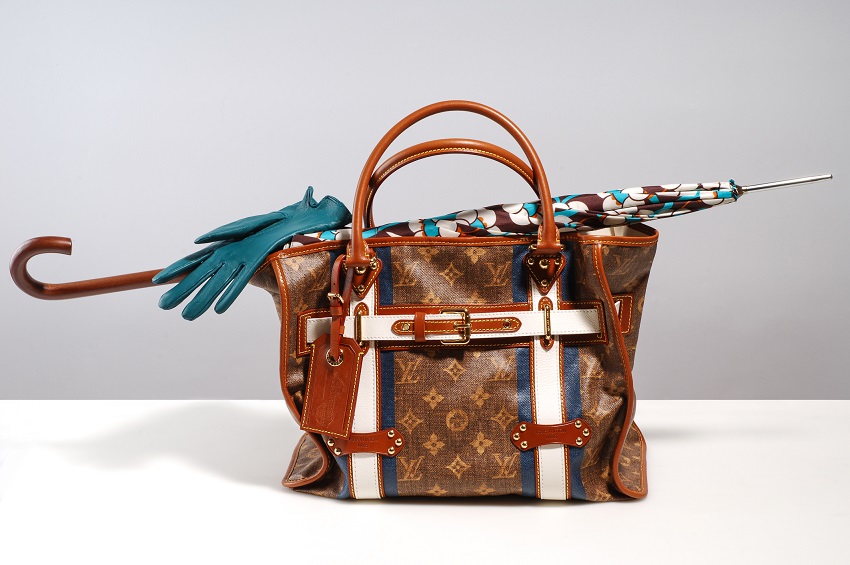
The European luxury sector, renowned for its elegance and timeless appeal, finds itself at a critical juncture in 2024. As the global market grapples with the aftermath of the pandemic, luxury brands face a range of challenges and opportunities. This article explores insights from various sources to shed light on the outlook, focusing on the significance of Chinese consumer behavior, the performance of key luxury players, and the potential for growth and transformation.
The Impact of Chinese Consumer Behaviour:
The Chinese luxury market has emerged as a key driver of growth for European luxury brands. In 2023, Chinese luxury spending saw a staggering 50% increase, reclaiming a significant global market share. This trend is anticipated to continue in 2024, with projected growth of 10%, contributing to 80% of the sector’s incremental revenues. However, the recovery of demand in Europe is hindered by slower restoration of flight capacities to pre-COVID levels, impacting the luxury sector’s prospects in the region.
Turning the Spotlight on Luxury Brands:
Bank of America analysts recently offered a comprehensive view of the European luxury sector, highlighting both cautionary notes and areas of optimism. The team advises caution due to ongoing revenue and earnings downgrades, projecting the cycle to continue for an additional 3-6 months. While the team anticipates a tempering in revenue growth, with an estimated 4% increase in 2024 compared to the robust 11% growth in 2023, they also emphasise the significance of brand investment and its potential impact on reduced margins.
Among the challenges facing luxury brands are the “turnaround” brands, which have experienced a loss in market share over the past few years. These brands now face the task of increased spending to support new designer collections. According to Bank of America, brands like Kering (Gucci) and Burberry encounter specific difficulties in implementing product-led turnarounds.
The Top Picks and Underperformers:
While the outlook for the luxury sector remains cautious, Bank of America expresses confidence in certain companies. Hermes, renowned for its resilience during economic downturns, emerges as their top pick for 2024. The brand’s shares soared to an all-time high on the back of rock-solid sales growth. LVMH, despite recent stock sell-offs, is viewed favourably due to its diverse brand portfolio and strategic market positioning.
In contrast, Kering, Burberry, Ferragamo, and Tod’s are expected to underperform, with challenges specific to each brand. Moncler and Swatch, downgraded to Neutral, face their own unique obstacles, whether it be slower growth or cyclical nature respectively.
As the European luxury sector moves forward into 2024, it finds itself at a crossroads. Challenges such as revenue and earnings downgrades, the necessity for brand investment, and the slow recovery of demand in Europe must be navigated. However, the market also holds opportunities, particularly with the continued growth of the Chinese luxury market. By strategically adapting to the changing global landscape, luxury brands can position themselves for success and continue to captivate discerning consumers with their elegance and allure.
Risk warning:
This article is for information purposes only. It does not post a buy or sell recommendation for any of the financial instruments herein analysed.
Deltastock assumes no responsibility for errors, inaccuracies or omissions in these materials, nor shall it be liable for damages arising out of any person’s reliance upon the information on this page.
59% of retail investor accounts lose money when trading CFDs with this provider.